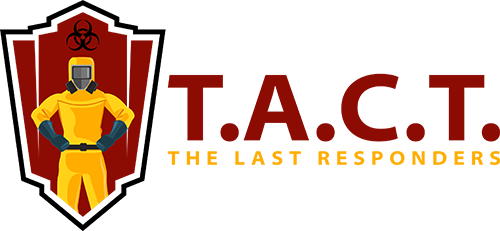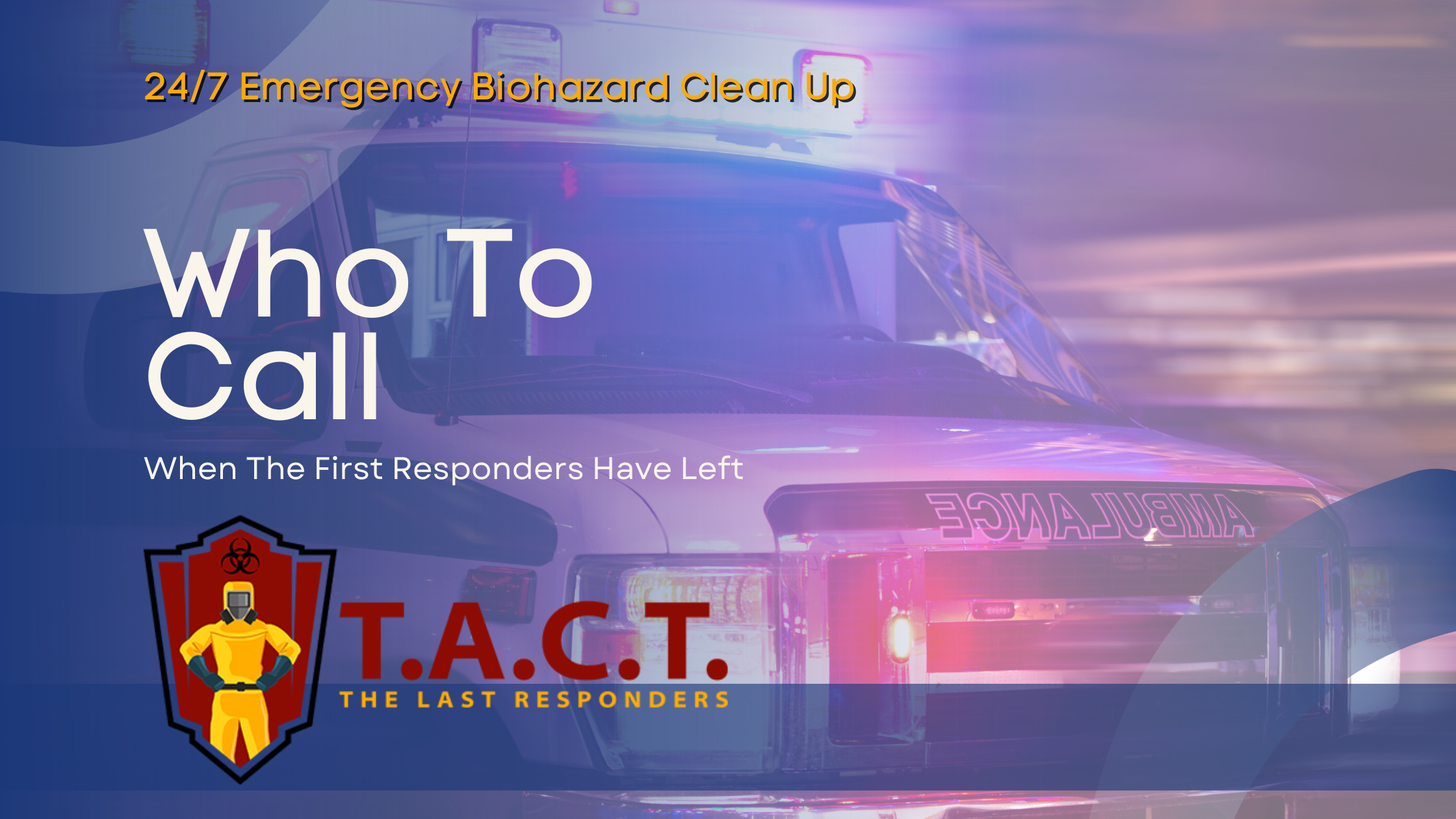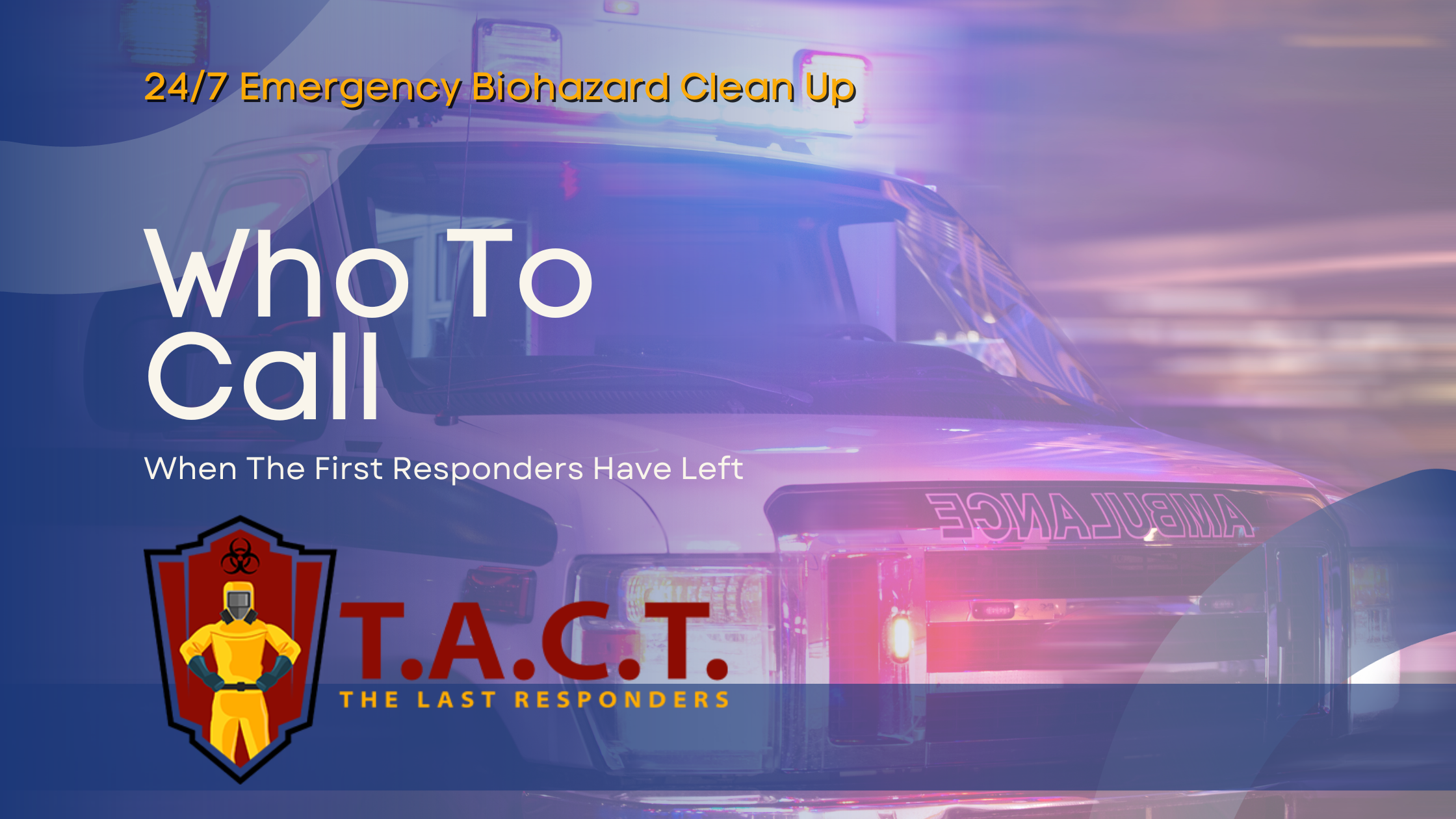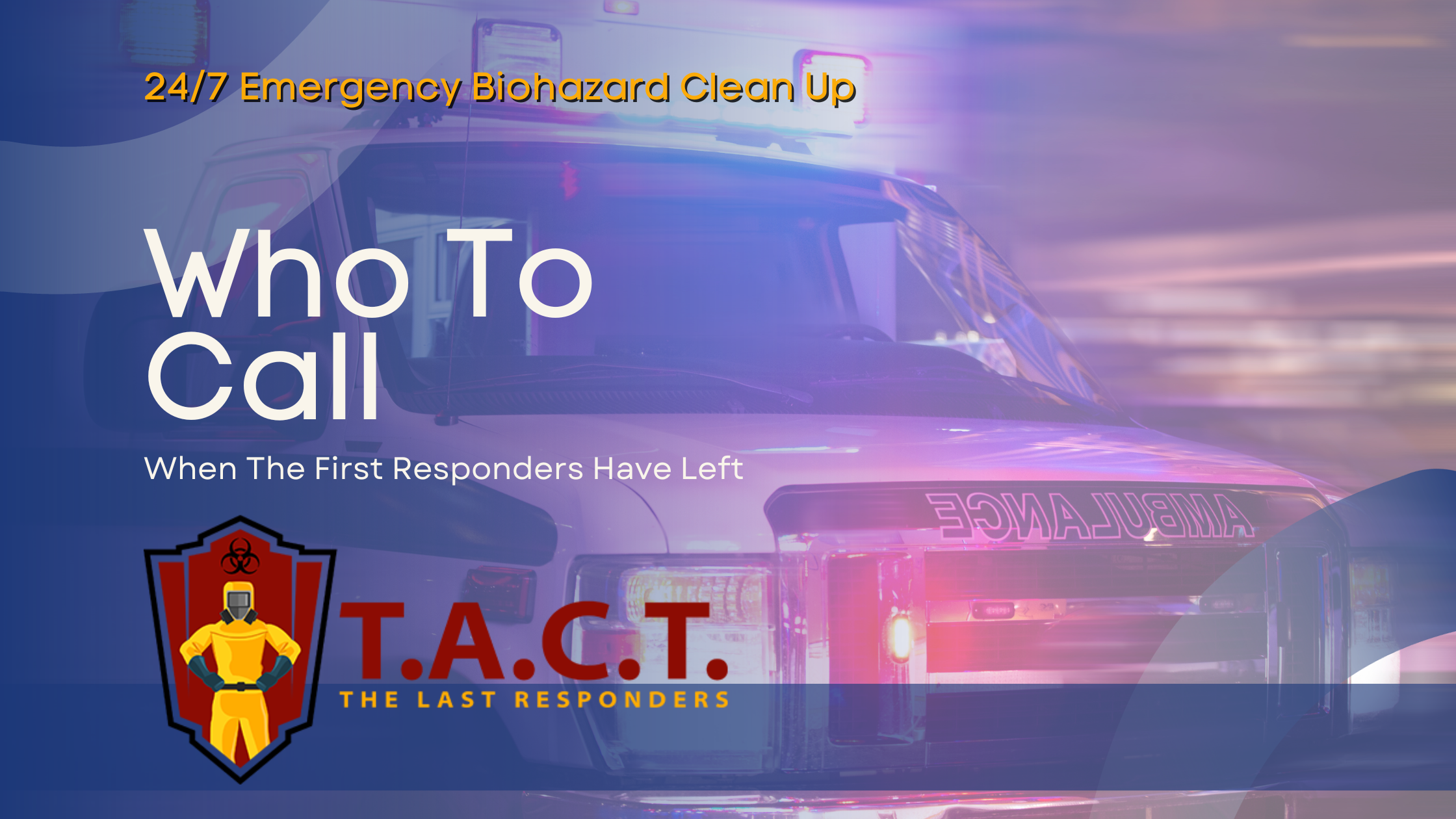How to clean Rat Droppings
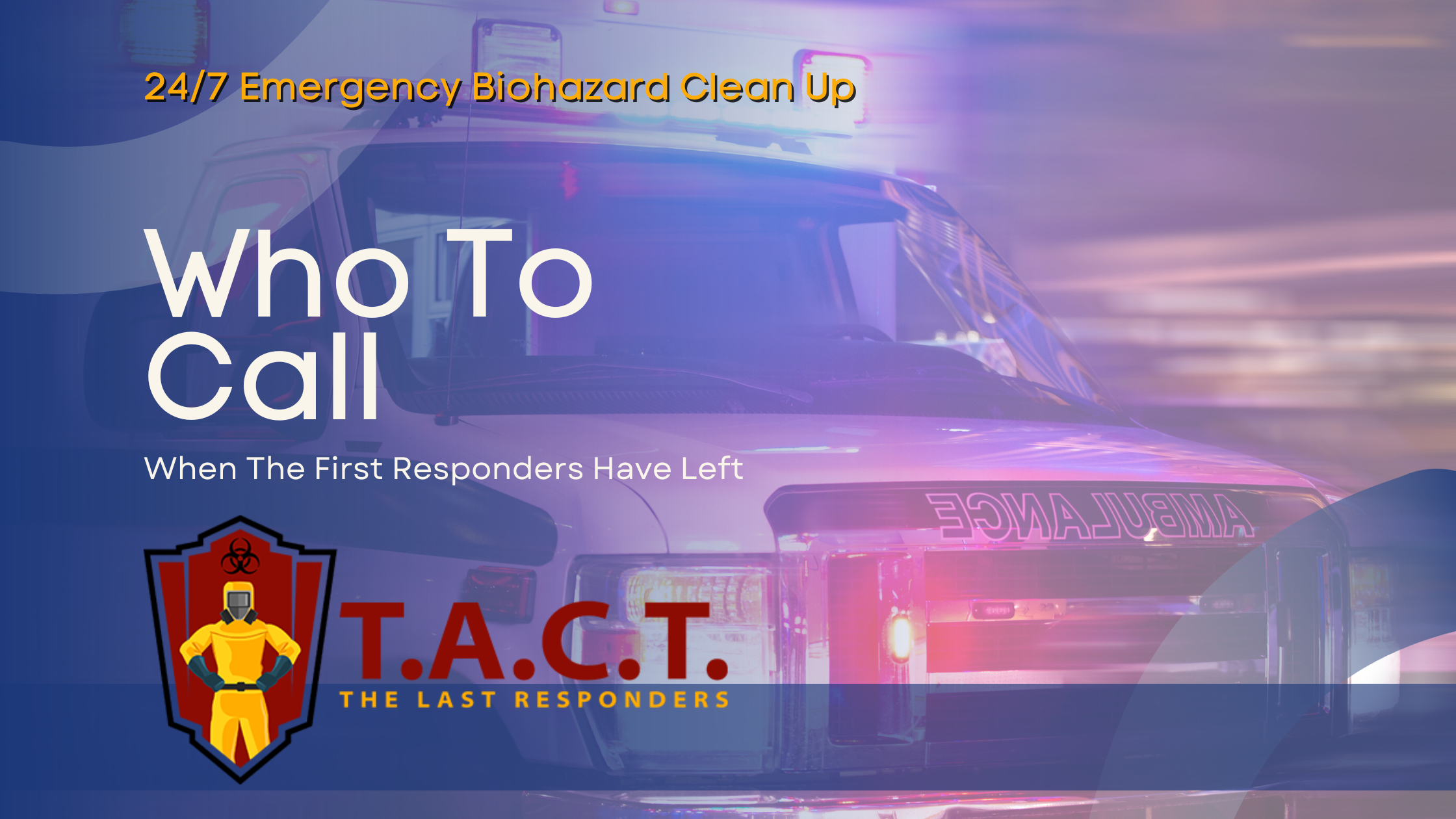
How to Clean Rat Droppings Safely and Effectively
Cleaning rat droppings is essential for preventing health risks. In this guide on how to clean rat droppings, you’ll learn about the required safety gear, health precautions, and a step-by-step process to ensure effective and safe cleanup.
Key Takeaways
Handling rat droppings poses significant health risks, including exposure to hantavirus and severe respiratory issues, making professional cleanup advisable.
Identifying rat droppings accurately is essential for addressing infestations; they are larger, darker, and have distinct features compared to mouse droppings.
Proper safety gear, cleaning supplies, and a structured cleanup process, including disinfecting surfaces and disposing of waste properly, are critical for effective and safe rat droppings cleanup.
Risks of Handling Rat Droppings

Handling rat droppings improperly can expose you to severe health risks like hantavirus pulmonary syndrome and hemorrhagic fever with renal syndrome. Rodents can carry hantavirus, and symptoms start with fever, fatigue, and muscle aches but can escalate to serious illness and severe respiratory issues. Prompt and proper cleanup of rat feces is crucial to avoid spreading contaminants and protect your health from rodent borne diseases.
Cleaning up after a rodent infestation goes beyond removing visible droppings; it ensures the safety of your space. Proper cleanup is vital to eliminate health hazards. While it may be tempting to handle the cleanup yourself, professionals are trained to manage these health risks effectively.
Rats carry diseases that pose significant health risks, making professional cleanup advisable in many cases. Understanding these risks is the first step in ensuring your safety and that of those around you, whether you handle the cleanup yourself or hire professionals.
Identifying Rat Droppings
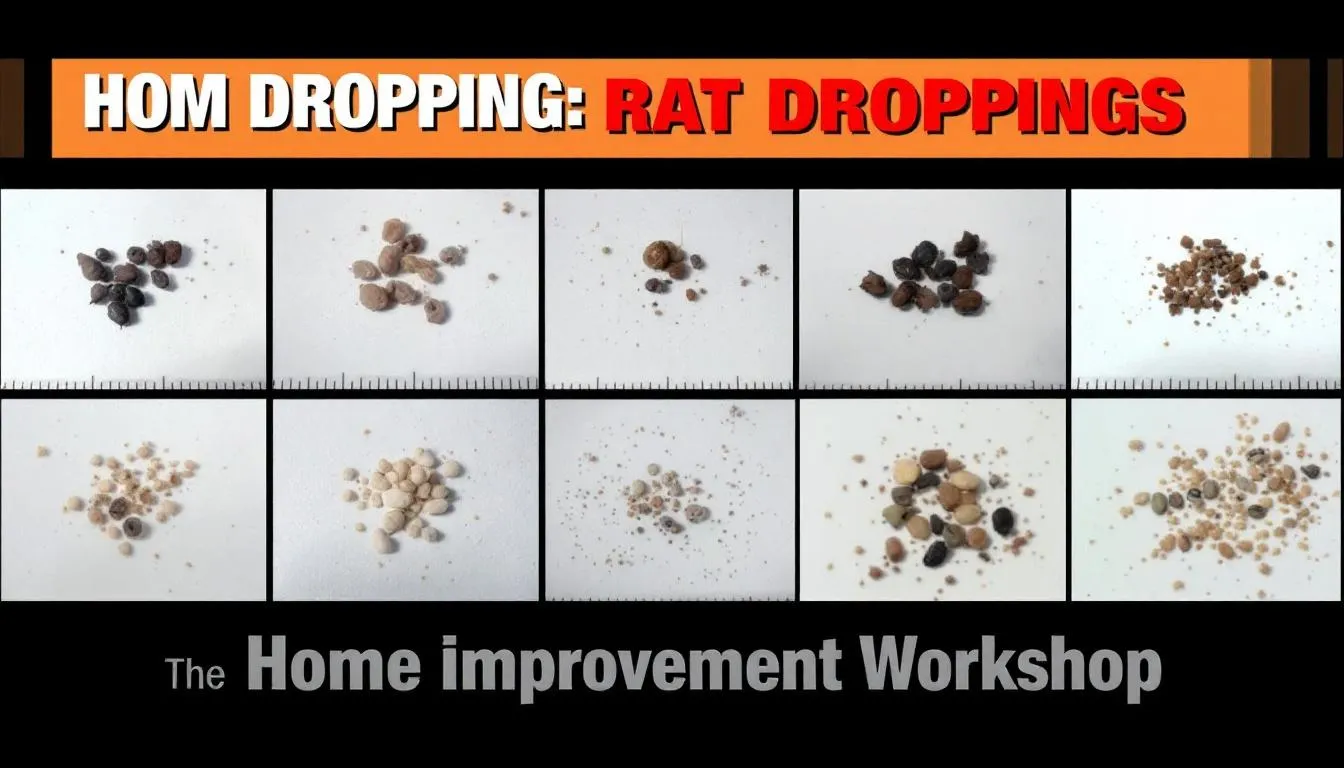
Identifying rat droppings accurately is crucial as the first step in tackling a rodent infestation. Rat droppings typically have the following characteristics:
Slightly larger than mouse droppings, measuring about 1/2 to 3/4 inch in length
Dark brown to black color
Tapered, elongated shape, resembling small grains of rice
Fresh droppings appear moist and dark
Older droppings turn gray and brittle
Understanding the difference between rat and mice droppings is also important. Mouse droppings are shaped like rice but are narrower at one or both ends. On average, a single rat can produce between 20 to 50 droppings a day.
Recognizing these common signs of rodent activity can help you take timely action to address the infestation and prevent further contamination.
Essential Safety Gear and Cleaning Supplies
Wearing protective gear when dealing with rat droppings is non-negotiable. Essential items include wearing rubber gloves, an N95 mask, and a long-sleeved shirt to minimize exposure to harmful particles. This gear is especially important when handling dead rodents to reduce health risks. Additionally, it is advisable to wear rubber when cleaning up to ensure maximum protection.
Along with protective gear, you’ll need specific cleaning supplies like a bleach solution, paper towels, and plastic bags. The recommended bleach solution ratio is 1.5 cups of bleach to 1 gallon of water. Having the right supplies on hand makes the cleanup process more efficient and safer.
Preparing the Area for Cleanup
Before starting, prepare the area by:
Ensuring adequate ventilation.
Opening doors and windows for at least 30 minutes to disperse any airborne particles and allow fresh air in.
Gathering all necessary protective gear, such as gloves and a dust mask, to minimize exposure.
Avoid using a vacuum for cleaning rodent droppings, as this can aerosolize harmful particles and spread contaminants. Proper preparation is vital for a safe and effective cleanup process.
Step-by-Step Cleanup Guide
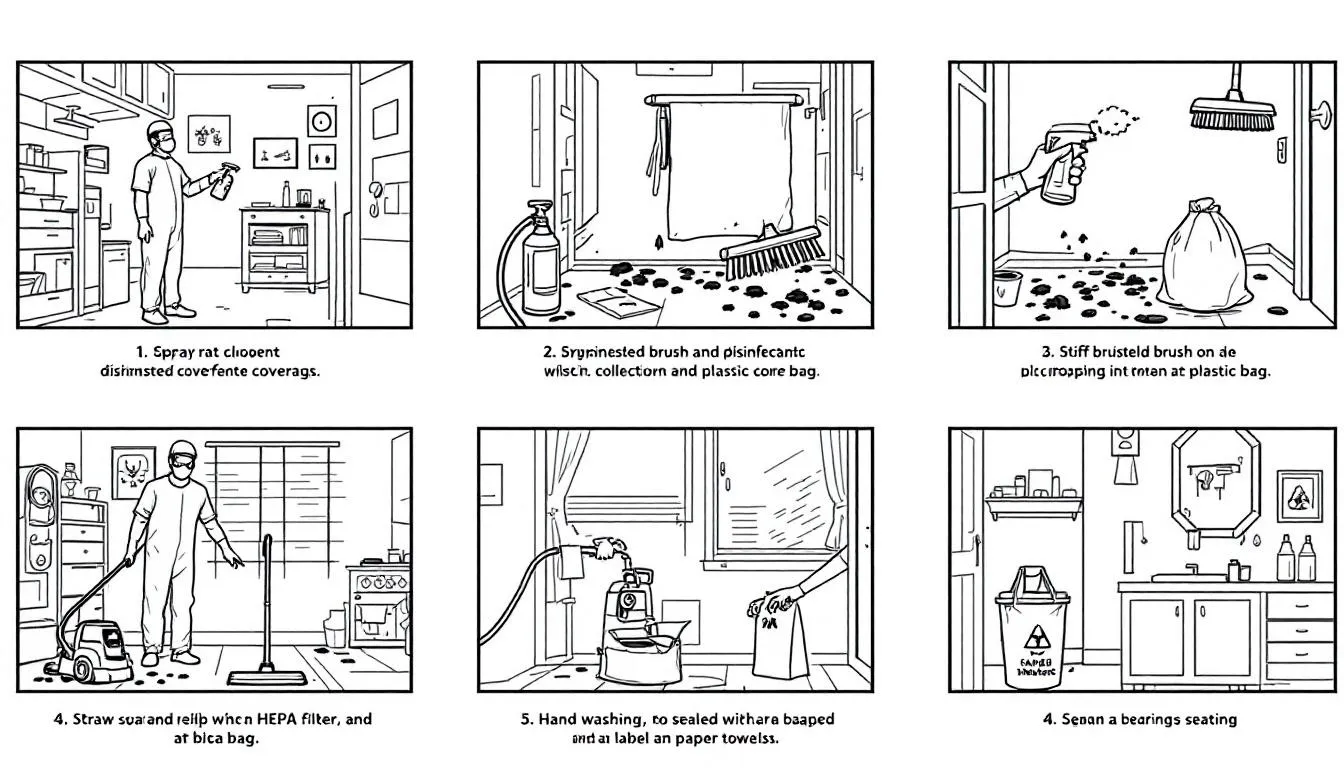
With preparations complete, follow the step-by-step cleanup process using a recommended disinfectant or bleach solution for rodent droppings.
This guide covers disinfecting the droppings, safe removal, and surface disinfection.
Disinfecting Rat Droppings
To disinfect droppings, follow these steps:
Create a bleach solution using 1 part bleach to 9 parts water.
Spray the droppings with this solution or an EPA-registered disinfectant.
Let it soak on the contaminated area for at least five minutes to ensure effective disinfection.
Letting the bleach solution sit for at least five minutes ensures any pathogens are neutralized, making the droppings safer to handle.
Removing Droppings Safely
After disinfecting, follow these steps:
Pick up the droppings using a paper towel.
Avoid using bare hands, even with gloves, to minimize contact.
Place the urine droppings in a sealed, double-bagged plastic bag for safe disposal, reducing the risk of contamination.
Dispose of the double bag droppings or nesting materials in a covered trash can that is regularly emptied. This prevents attracting other pests and ensures sanitary disposal.
Disinfecting Surfaces
After removing the droppings, thoroughly disinfect all surfaces. Use a disinfectant on countertops, floors, and nearby areas to eliminate any remaining pathogens. Clean with a bleach solution or household disinfectant.
Allow the disinfectant to sit for several minutes to maximize effectiveness. Then mop or sponge the area for a final clean, ensuring your home is safe and free from harmful bacteria.
Dealing with Rat Urine Stains
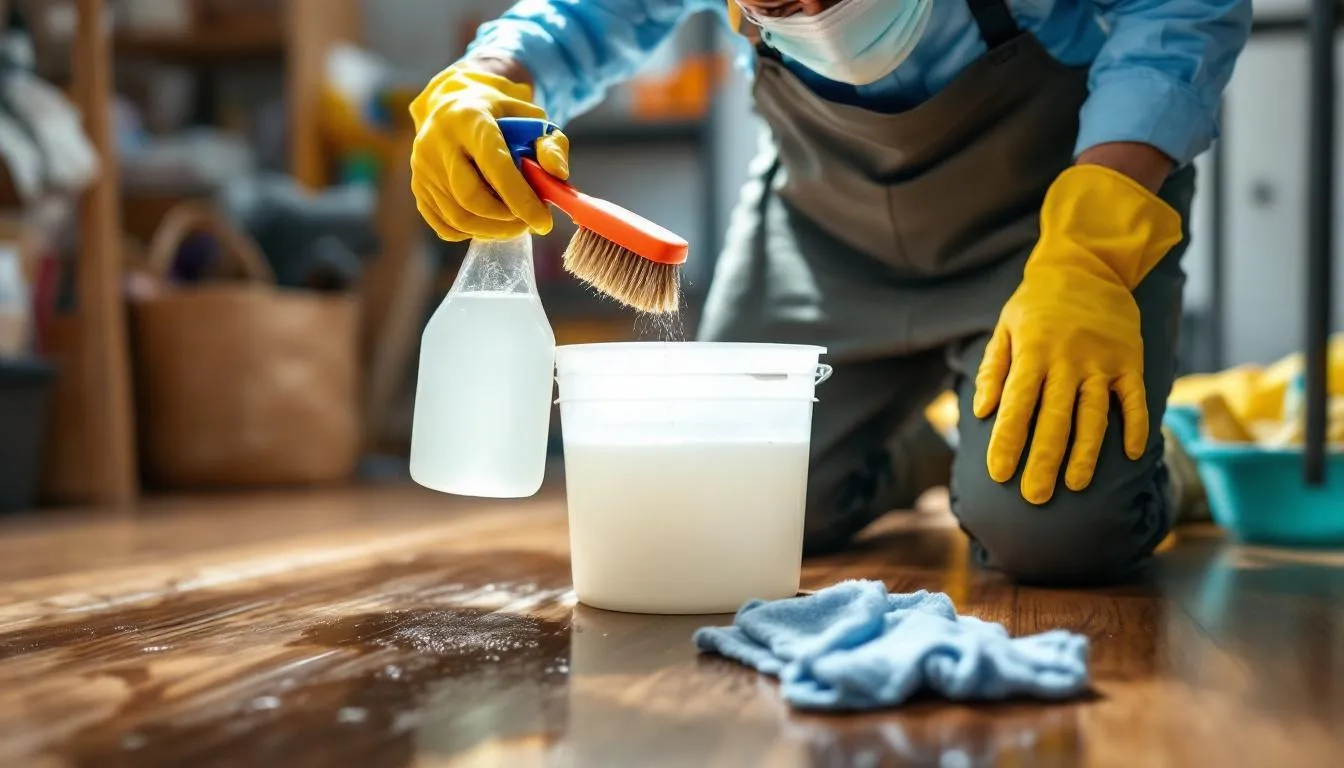
Rat urine stains can be challenging to remove, but enzyme cleaners effectively break down stains and odors. Pour the cleaner directly on the stained area to penetrate and neutralize the urine. Let it sit for several hours before wiping off to enhance effectiveness.
For persistent odors or stains, reapplication of the enzyme cleaner may be necessary. Carpets and fabrics may require special treatment methods to completely remove urine stains.
Safe Disposal of Dead Rodents
When disposing of a dead rodent, follow these steps:
Wear gloves and a HEPA mask for protection.
Carefully pick up the rodent.
Seal the rodent in a plastic bag.
Place this bag into a second plastic bag for added protection.
Dispose of the double-bagged rodent in a covered outdoor trash bin, preferably off your property.
Seal any contaminated items, like paper towels used for cleaning, in plastic bags and dispose of them in a covered garbage can. This ensures potential contaminants are contained and reduces the risk of diseases spread.
Cleaning Specific Areas
Cleaning specific areas contaminated by rat droppings is crucial for maintaining a safe environment and preventing potential health risks.
We will cover cleaning methods for carpets and upholstery, hard surfaces, and clothing and bedding to ensure thorough decontamination.
Carpets and Upholstery
To remove rat droppings from carpets and upholstery:
Use a sticky pad or moist paper towels for careful pickup.
After removing the droppings, clean the area using an approved commercial-grade disinfectant or a steam cleaner.
Shampoo carpets and upholstery with a commercial disinfectant for additional effectiveness.
Cleaning rat droppings from carpets and upholstery prevents health risks. Thorough disinfection helps maintain a safe and healthy home environment.
Hard Surfaces
For hard surfaces, use a sticky pad or damp paper towel to remove droppings from hardwood floors. Afterward, disinfect the area with a cleaner safe for wood surfaces.
Wipe down shelves with soap and water and disinfectant to ensure all contaminated surfaces are safely clean.
Clothing and Bedding
To launder contaminated clothing and bedding:
Use hot water and detergent.
Use a laundry detergent that contains disinfectant.
Set the washing machine to the highest heat setting safe for the fabric.
Carefully remove rat droppings from the clothing using sticky pads or paper towels.
Discard the waste in a double-sealed plastic bag before laundering.
Proper disposal of all contaminated materials after cleaning is crucial to prevent health risks and maintain a safe, clean living environment, especially when dealing with contaminated water.
Preventing Future Infestations
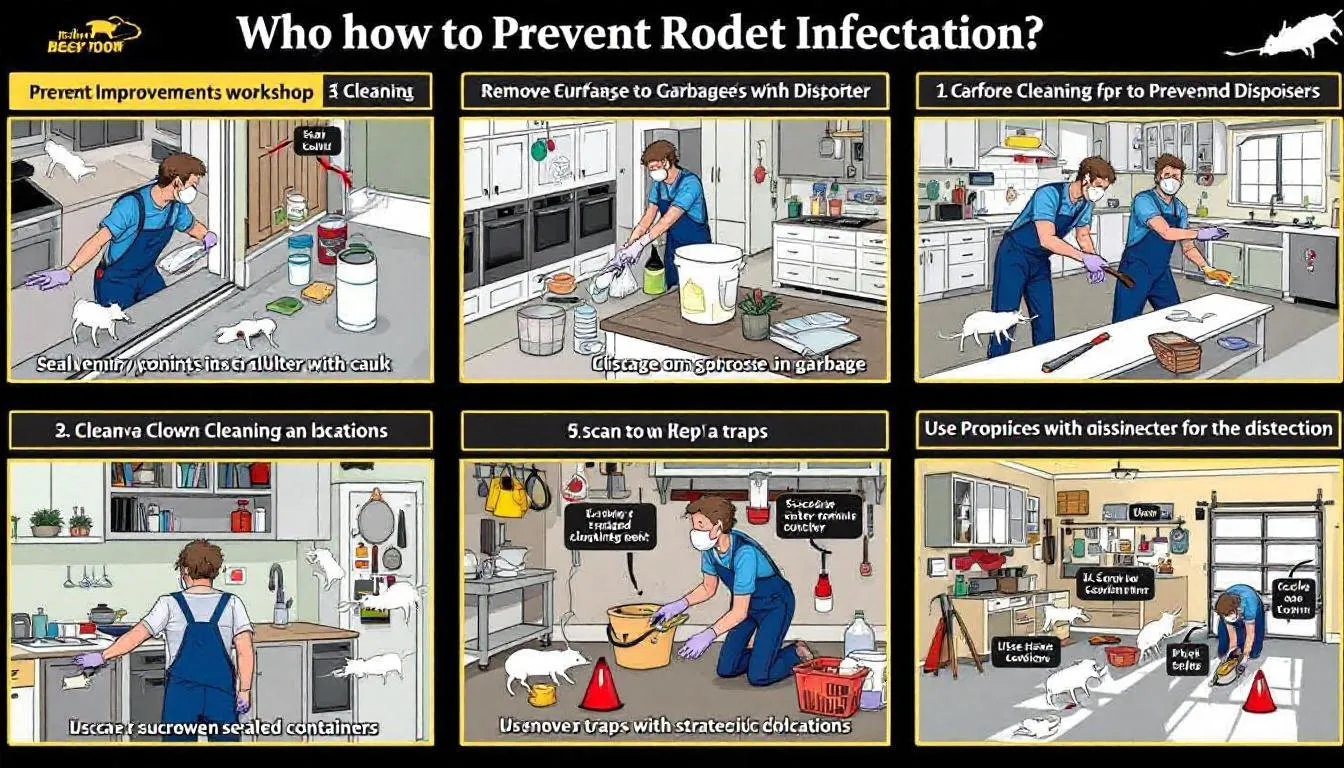
Prevent future rodent infestations with proactive measures:
Cover gaps and holes in walls and foundations to block rodent entry.
Store food in tightly sealed containers.
Regularly check and clean storage areas to eliminate rodent attractants.
To deter rodents, you should:
Maintain a tidy environment by decluttering spaces that could provide hiding spots for rodents.
Regularly inspect outdoor areas to remove debris that can serve as nesting materials.
Avoid leaving food out.
Cover trash bins.
Setting rat traps can also help prevent future infestations.
When to Call a Professional
Call a professional if:
The infestation is severe.
Cleanup tasks are overwhelming.
There is evidence of rodents in heating and cooling ventilation systems, which strongly indicates the need for a professional rodent exterminating service.
Experts ensure the thorough removal of hazardous materials related to rat infestations.
A professional service can develop a comprehensive cleanup strategy tailored to specific infestation issues. Consult local or state health officials for guidelines on disposing of deceased animals, and refer to what you should do after a death for more detailed steps.
Proper hand washing after handling carcasses is crucial to prevent infection from potential pathogens.
Summary
Cleaning up rat droppings is a crucial task that requires careful preparation and execution. By understanding the risks, identifying droppings correctly, using the right safety gear, and following a step-by-step cleanup process, you can ensure your home is safe and free from harmful contaminants. Preventing future infestations and knowing when to call a professional are key to maintaining a healthy living environment. Take action now to protect your health and home.
Frequently Asked Questions
What are the health risks of handling rat droppings?
Handling rat droppings poses significant health risks, including the potential transmission of diseases like hantavirus pulmonary syndrome, which can lead to severe respiratory complications. It is crucial to take proper precautions to avoid exposure.
How can I identify rat droppings?
To identify rat droppings, look for droppings that are approximately 1/2 to 3/4 inch long, dark brown to black in color, and have a tapered, elongated shape. These characteristics distinguish them from mouse droppings.
What safety gear do I need for cleaning rat droppings?
For cleaning rat droppings, it is crucial to wear rubber gloves, an N95 mask, and a long-sleeved shirt to protect yourself from harmful particles. This protective equipment helps ensure your safety during the cleaning process.
How do I disinfect rat droppings before removal?
To effectively disinfect rat droppings before removal, spray the droppings with a bleach solution (1 part bleach to 9 parts water) or an EPA-registered disinfectant, and allow it to soak for at least five minutes. This ensures proper disinfection, minimizing health risks during cleanup.
When should I call a professional for rodent cleanup?
You should call a professional for rodent cleanup if the infestation is severe, if you find evidence of rodents in heating and cooling systems, or if the cleanup is beyond your capability.
